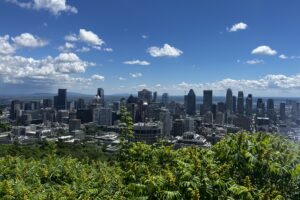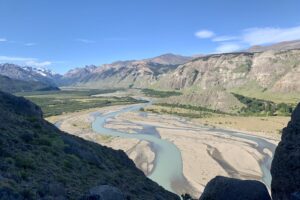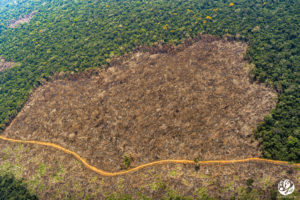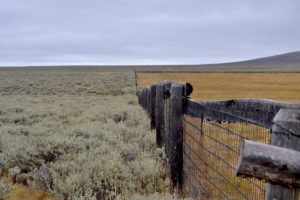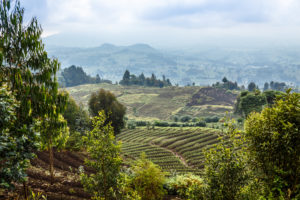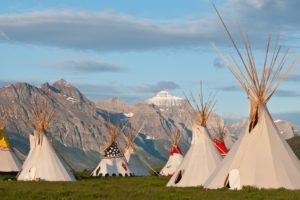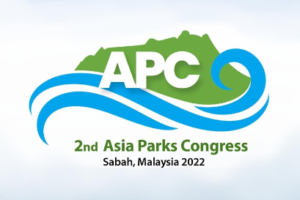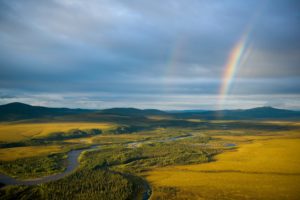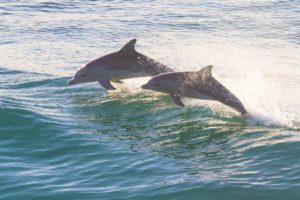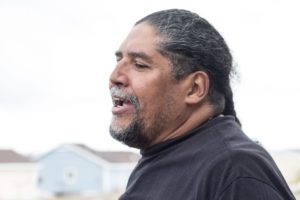First-Ever Northeastern North America / Turtle Island Landscape Connectivity Summit
Stretching from the rolling Appalachian Mountains to the rugged Atlantic coastline, the landscapes of Northeastern North America feature bustling population centers, recreational havens and productive farms and timberlands as well as vast forests, abundant freshwater and impressive biodiversity. These are some of the most socio-ecologically complex landscapes in the world, increasingly recognized as critical for ecological integrity and climate adaptation at the continental and even global scale.
